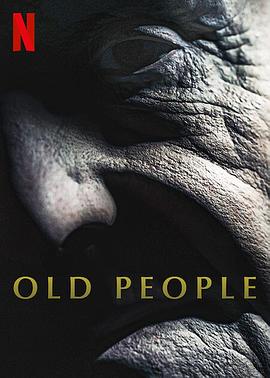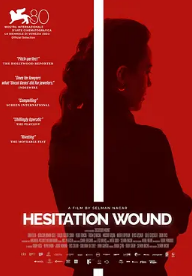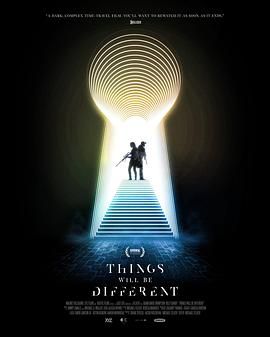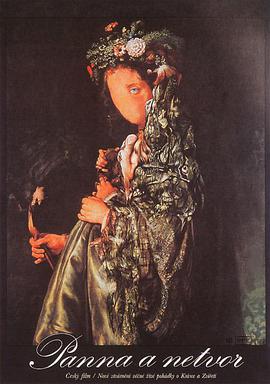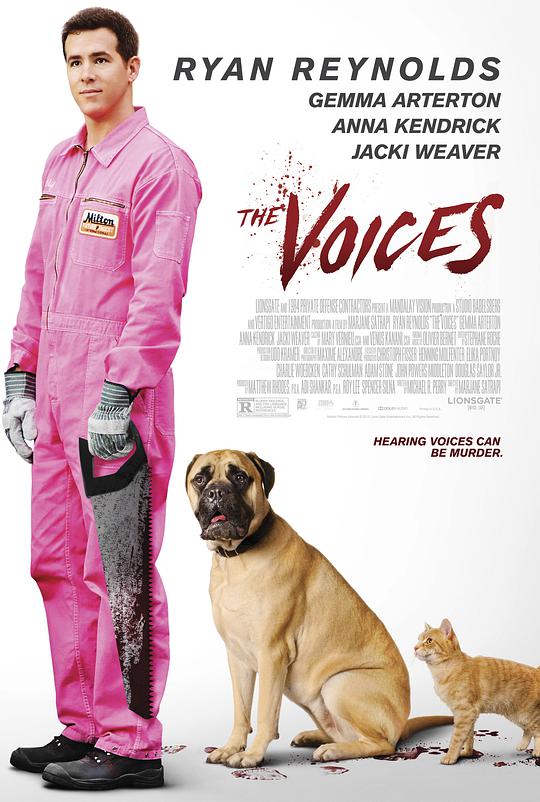-
备注:已完结
类型:电影
主演:图林·奥曾 奥古尔肯·阿尔曼·乌斯鲁 古尔辛·库图尔·沙欣 维达·伊瑞
导演:塞尔曼·纳卡尔
语言:其它
年代:未知
简介: 刑事律师贾南的生活是割裂的:每天早上,她在法庭工作,晚上则要照顾卧病在床的母亲。在贾南为一名谋杀嫌疑犯辩护的量刑听证会当天,她必须作出一个道德抉择,而这将影响到她母亲、法官和被告的生活。
-
备注:已完结
类型:剧情片
主演:图林·奥曾 奥古尔肯·阿尔曼·乌斯鲁 古尔辛·库图尔·沙欣 维达·伊瑞
导演:塞尔曼·纳卡尔
语言:其它
年代:未知
简介: 刑事律师贾南的生活是割裂的:每天早上,她在法庭工作,晚上则要照顾卧病在床的母亲。在贾南为一名谋杀嫌疑犯辩护的量刑听证会当天,她必须作出一个道德抉择,而这将影响到她母亲、法官和被告的生活。
-
备注:已完结
类型:爱情片
主演:兹德娜·斯图登科娃 Vlastimil Harapes 瓦克拉·沃斯卡
导演:尤拉伊·赫兹
语言:其它
年代:未知
简介: 在回家的途中,一位商人(瓦克拉·沃斯卡 Václav Voska 饰)遭遇了罕见的暴风雪,昏天黑地之中,商人误打误撞来到了一幢豪华神秘的城堡前。商人在城堡中受到了贵宾般的优厚待遇,但直到最后,商人仍然不知道城堡的主人究竟是谁。暴风雪停歇了,商人准备离开,临走之前,他决定在花园中摘一朵玫瑰送给自己最喜爱的小女儿贝儿(兹德娜·斯图登科娃 Zdena Studenková 饰),而令他没有想到的是,长相狰狞的野兽(Vlastimil Harapes 饰)出现在了他的面前向他索命。 商人失魂落魄的回到了家,将自己的遭遇告诉了六个儿女,爱父心切的贝儿决定代替父亲,只身来到了城堡。然而,等待着贝儿的却并非死亡,而是更加盛情的款待,野兽对她唯一的要求,就是不要离开城堡半步。贝儿并不惧怕野兽,随着时间的推移,两人之间的关系越来越近。
-
备注:已完结
类型:泰剧
主演:霍萨维·帕拉蓬皮善 莫妲·娜琳叻 查纳甘·彭斯里旺 芭兰米塔·萨空查谙
导演:内详
语言:泰国语
年代:未知
简介:自从祖父母辈以来,曾经是家庭朋友的两个旅馆大佬如今已发誓要对付敌人,他们正在争夺谁将成为最高统治者。Prinoot从没想过他会成为仇恨的一部分。尽管他的父亲是Sirimontra的女婿,但他的母亲只是一个被遗弃在美国的情妇。他从小就不知道有父亲是什么样子。Pramida是Emporium这位著名的商业地产大亨的唯一继承人。她在被下药并作为赎金送到Prinoot后被拉进了这场战争。4年后,她带着一对双胞胎回来,但她告诉所有人那是她的兄弟姐妹。Prinoot和Pramida又见面了,但却站在对岸,成了死敌。虽然他们有双胞胎,不是爱的锁链,而是不情愿地把他们绑在一起的敌人的锁链。
-
备注:已完结
类型:恐怖片
主演:瑞安·雷诺兹 杰玛·阿特登 安娜·肯德里克 杰基·韦佛 格列佛·麦格拉
导演:玛嘉·莎塔琵
语言:
年代:未知
简介:杰瑞(瑞安·雷诺兹RyanReynolds饰)是工厂里的打包工,和一猫一狗过着相依为命的生活。同事眼中的杰瑞乐观开朗,对工作充满了热情,可实际上,杰瑞患有严重的精神分裂症,需要依赖药物控制病情,更糟糕的是,杰瑞并没有按照医嘱服用药物!因为一旦吃了药,他就无法和家里的阿猫阿狗对话了。杰瑞喜欢着广告部的女同事菲奥娜(杰玛·阿特登GemmaArterton饰),一场意外中,菲奥娜命丧杰瑞刀下,杰瑞将菲奥娜的尸体带回家,将她的头切下来藏在了冰箱里。让杰瑞感到震惊的是,菲奥娜的头竟然也开始说话了,菲奥娜恳求杰瑞替她找一个伴儿,于是,杰瑞将目标放在了菲奥娜的好友丽萨(安娜·肯德里克AnnaKendrick饰)身上。
-
备注:已完结
类型:剧情片
主演:Ib Koch-Olsen
导演:卡尔·西奥多·德莱叶
语言:其它
年代:未知
简介:The history of Danish country church architecture is told by showing scenes of how the church was used by the congregation, beginning with the celebration of mass in a small and simple wooden church 800 years ago, and ending with the congregation singing in a village church of to-day. The development and the growth of the pattern of church architecture is shown. Dreyer in this film shows a series of churches from different periods with churchgoers in period clothing. Each period is separated by a shot of a church bell double-exposed on the sky. Although the film has a vibrant and instructive way of communicating the different epochs and styles to students, it does not exhibit the artistic quality that usually distinguishes a Dreyer film, except perhaps in some of the costumes, which were originally made for Day of Wrath. The board of Dansk Kulturfilm in autumn 1945 decided that their planned church film would exclusively be about village churches. Dreyer would rework the script that was written by editor and folk high-school principal Bernhard Jensen, aided by a committee of experts consisting of architect H. Lønborg-Jensen and Victor Hermansen, curator at the National Museum of Denmark. Dreyer had a first draft ready in mid-March, entitled Kirken er et gammelt Hus (The Church Is an Old House), which was distributed to the members of the committee for their comments. In the last half of July, Dreyer and Victor Hermansen travelled the country to look at suitable churches. They researched the details and at Dreyer’s request a number of technical changes were made to the churches, including the removal of porcelain holders for electrical wiring in Tveje Merløse Church. On 4 July, Dreyer went in advance to Ringkøbing. Shooting was set to start a few days later with the arrival of the director of photography, Preben Frank, who had fallen off a ladder and broken his leg, Fortunately, he was ready to cautiously start working again within a few days, with his leg in a cast. Otherwise, the production went without a glitch. Everywhere, Dreyer said, they were well received at the vicarages and they had no problem getting enough extras. On 1 august, they returned to Copenhagen with almost all their footage in the can. They only needed to film the church in Skelby, where the weather had been against them, plus a Swedish wooden church in Hedared. The economy was distressed so soon after the war, especially when it came to foreign currency, but there were no real wooden churches left in Denmark and building an interior set in the studio would be too expensive. The finished film was shown for the first time on 24 September 1947 to a small, closed circle, which included the Minister for Ecclesiastical Affairs. In December 1947, as was Dansk Kulturfilm’s standard practice, the film was presented to the press, politicians and others on a programme with four other short films.
